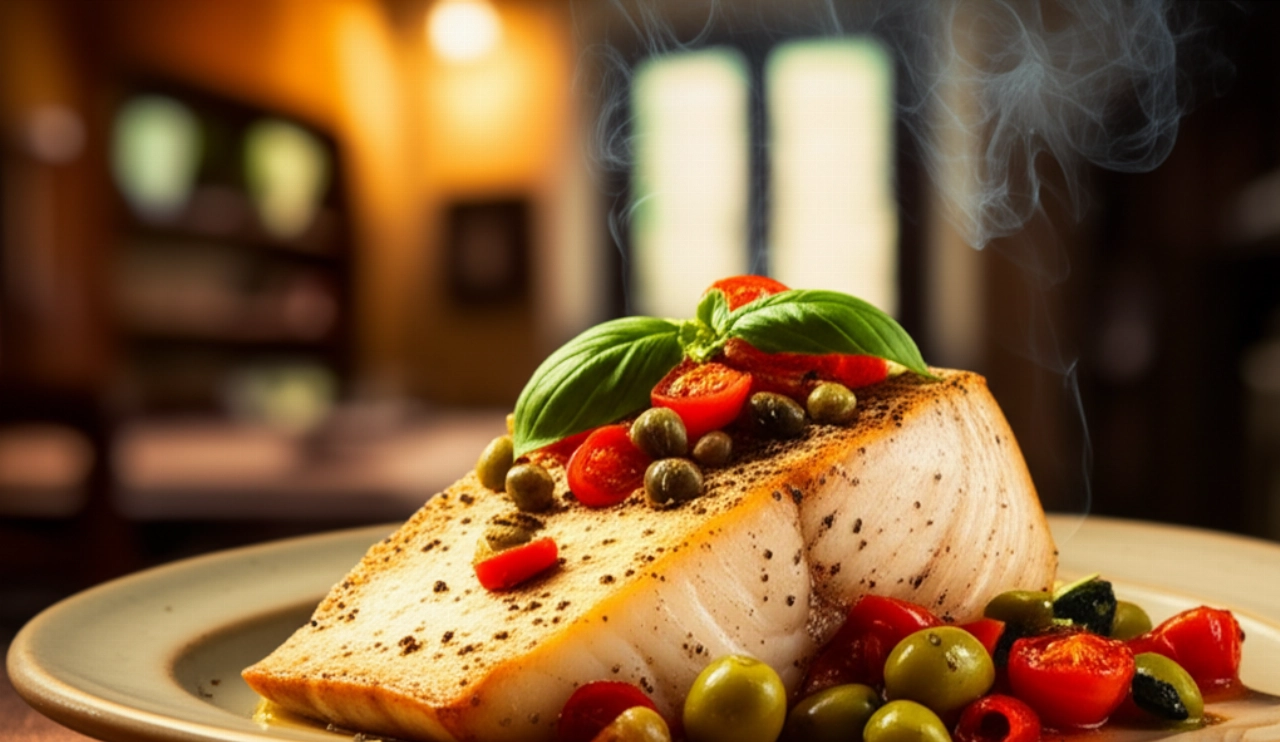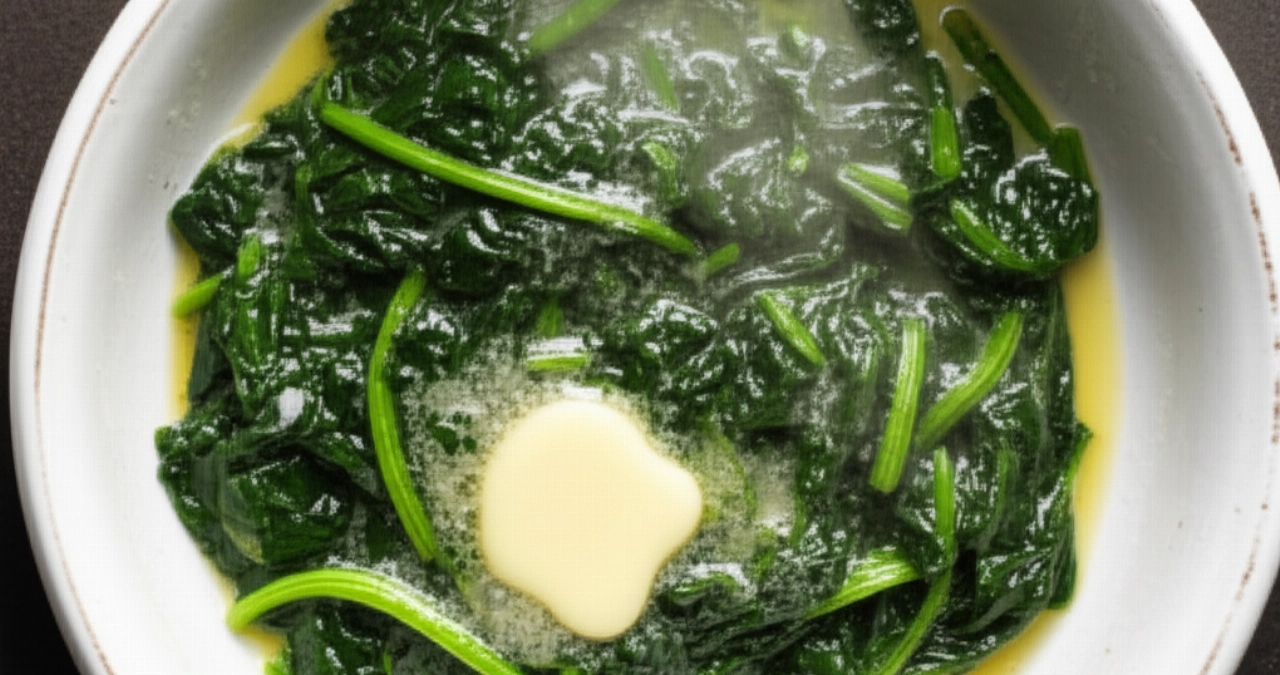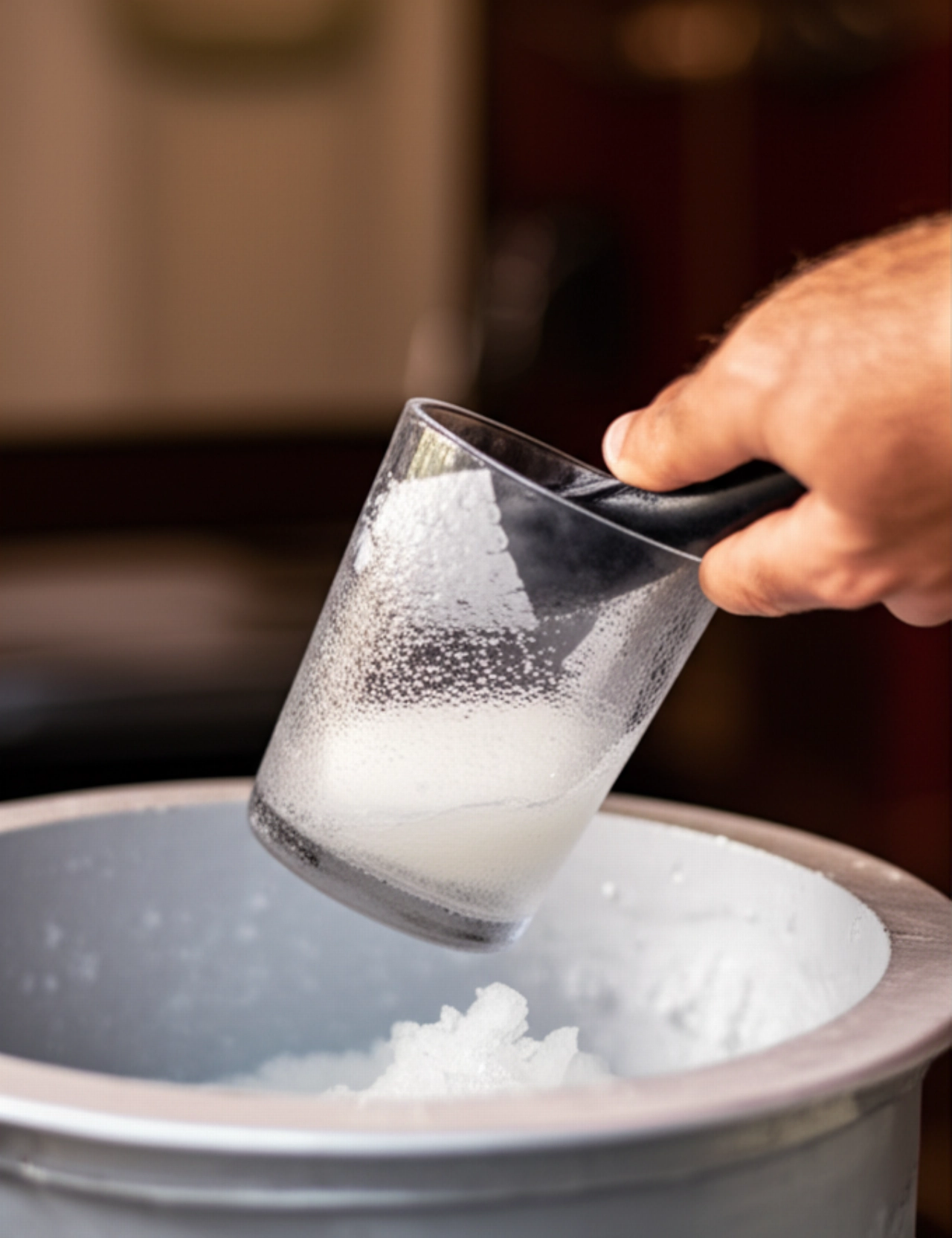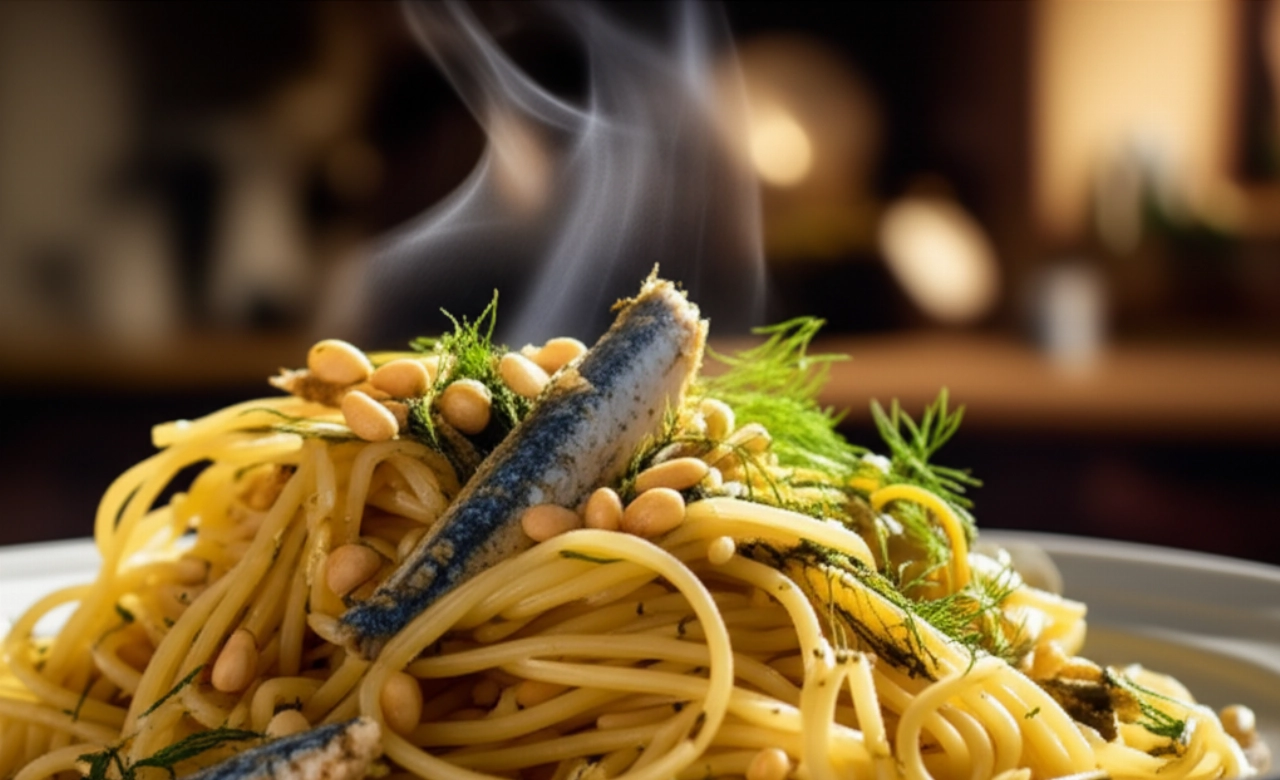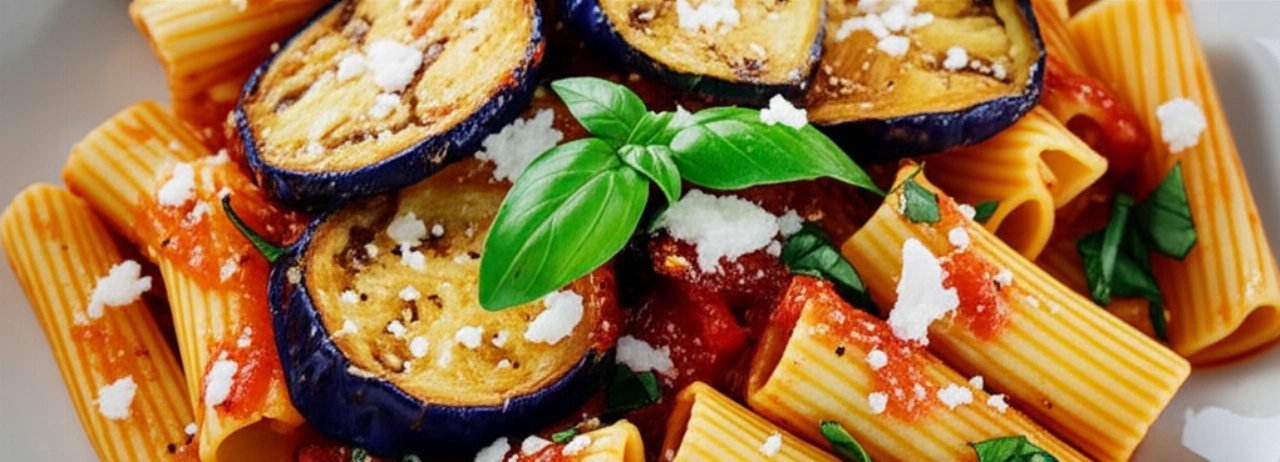Dreaming of biting into a perfectly golden and crispy arancino, with a soft, stringy heart that transports you directly to Sicily? But how many times have you tried to make them at home and ended up with mushy rice, a bland filling, or, worse, an arancino that falls apart when fried? Finding the authentic recipe, one that guarantees success, seems like a challenge.
Make yourself comfortable, because here on Search Recipes, I won't just give you a list of ingredients. I'll reveal all the secrets, the Sicilian grandmother's tricks, and the foolproof steps to prepare the best and most perfect Arancini (or Arancine, depending on the region!) you've ever tasted. Success is guaranteed, and the aroma that will fill your kitchen will be unforgettable.

THE STRATEGIC CORNER: The Secret to the Perfect Arancino
Before diving into the ingredients and steps, I want to reveal the true heart of this recipe, our strategic pillar: the perfect balance between external crispiness and the stringy softness of the filling. No more soggy, dry, or broken arancini! I'll guide you step by step to achieve a golden and irresistibly crispy shell that encloses a creamy and flavorful filling, with al dente rice and a mozzarella heart that melts into a flavorful embrace. This is the secret to an arancino that tastes of home, celebration, and true Sicily.

Smart Ingredients: The Choice That Makes the Difference
For a textbook arancino, every ingredient has its purpose. It's not just a list, but a reasoned selection that will lead you to success. Trust grandma!
- Carnaroli or Arborio Rice: Not just any rice! These types of rice, rich in starch, are essential because they absorb broth well and, once cooked, become creamy but remain compact, perfect for shaping without falling apart.
- Saffron threads or powder: It's not just for color! Saffron gives the rice that unmistakable aroma and a delicate but persistent flavor, typical of original arancini.
- High-quality Butter: To cream the rice and make it velvety. Butter, along with Parmesan, will create that rich and flavorful base that coats every grain.
- Parmigiano Reggiano DOP (or Grana Padano): Don't skimp on quality! Grated cheese not only adds flavor but also helps bind the rice, making it easier to work with.
- Traditional Meat Ragù: The pulsating heart of the arancino. A slow-cooked, rich ragù with ground beef and pork, peas, and a good tomato sauce. It's the taste of tradition that bursts forth with every bite.
- Pizza Mozzarella (or provola): Crucially, it must be low moisture! If you use fresh mozzarella, squeeze it well and let it drain for hours, otherwise, it will release too much water and ruin the filling's consistency. It needs to be stringy, not watery!
- Eggs: For the batter, along with flour, they will create that "glue" that will perfectly adhere the breadcrumbs.
- Fine Breadcrumbs: Must be of excellent quality, not too coarse, for a uniform and crispy coating.
- Peanut Oil (or high oleic sunflower oil): Frying oil must have a high smoke point and a neutral flavor. It's the secret to perfect browning and lasting crispiness.
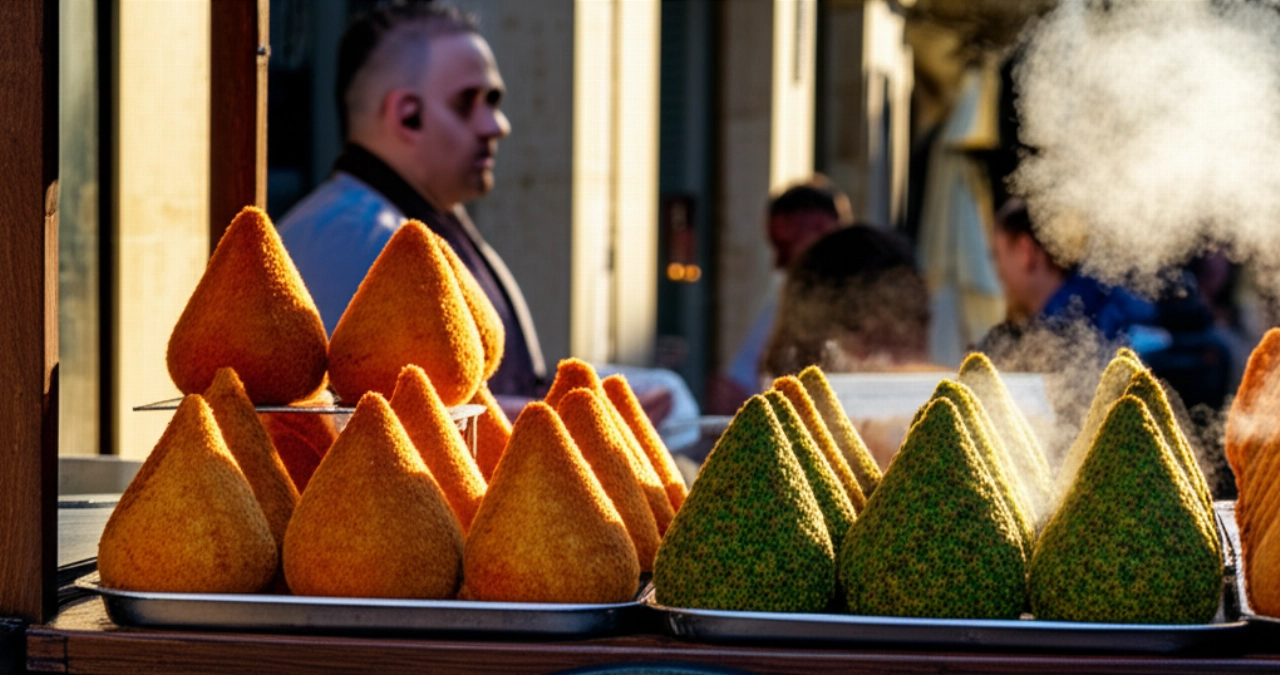
Mistakes to Avoid: Pitfalls to Steer Clear of for Perfect Arancini
I've seen amateur cooks fall into these traps too many times. But with me, you won't make these mistakes! Here are the most common ones and how to avoid them:
- Overcooked or under-seasoned rice: If the rice is overcooked, the arancini will fall apart. If it's bland, the result will be disappointing. Cook it al dente, cream it well with butter and Parmesan, and let it cool completely (even in the fridge for a few hours). Cold, compact rice is key to shaping them without problems.
- Too wet or too much filling: Mozzarella releasing water is enemy number one! Squeeze it well or use pizza mozzarella. Don't overdo the amount of filling, otherwise, the arancino will be difficult to close and risks breaking during cooking.
- Uneven or insufficient breading: Poor breading means arancini that absorb too much oil or become soggy. Make sure each arancino is well covered with the batter and then the breadcrumbs, pressing firmly to make them adhere. Double breading (flour-egg-breadcrumbs) is your protective shield.
- Wrong oil temperature: If the oil is too cold, the arancini will soak up oil and become soggy. If it's too hot, they'll burn on the outside and remain cold inside. The ideal temperature is between 170°C and 180°C (338-356°F). Use a kitchen thermometer; it's a small investment that will save your frying!
Grandma's Secret: The Magic Touch for Unforgettable Arancini
My grandmother, a true Sicilian, had a trick few know to make the arancini rice even more flavorful and compact. After cooking the rice and creaming it with butter and Parmesan, she would always add a spoonful of ragù sauce to the rice itself, mixing well before letting it cool. This not only gave it a more intense color but also a deeper flavor and an even more cohesive texture. Try it, and you'll taste the difference!
Let's Prepare Sicilian Arancini Together: The Step-by-Step Guide
For the Rice:
- Prepare the broth: Bring about 1.5 liters of light vegetable broth to a boil. Dissolve the saffron (if using threads, let them infuse in a little hot broth for 10 minutes) in the broth.
- Cook the rice: In a large pot, toast the rice dry for one minute. Begin adding the hot broth, one ladle at a time, stirring continuously as you would for a risotto. The rice should absorb the broth before you add more. Cook it until it's al dente, but still with a bit of "bite" in the center. This will take about 15-18 minutes.
- Creaming and cooling: Off the heat, incorporate the butter and grated Parmesan. Stir vigorously to cream well. Add the spoonful of ragù (grandma's secret!). Spread the rice on a large tray or baking sheet, cover with cling film directly on the surface, and let it cool completely, preferably in the refrigerator for at least 2-3 hours or overnight. The rice must be cold and compact to be worked with.
For the Ragù (if you don't have it ready):
Prepare a classic meat ragù with ground beef and pork, a soffritto of celery, carrot, and onion, deglazed with red wine, and slow-cooked with tomato passata and peas. It should be thick and not too liquid.
For Assembling the Arancini:
- Prepare the filling: Cut the mozzarella into small cubes and let it drain well. Make sure the ragù is cold.
- Prepare the batter: In one bowl, beat the eggs with a pinch of salt. In another bowl, put the flour. In a third bowl, the breadcrumbs.
- Shape the arancini: Lightly moisten your hands. Take a portion of rice (about 80-100g) and flatten it in the palm of your hand to form a hollow. Fill with a teaspoon of ragù and a few mozzarella cubes. Gently close the rice around the filling, shaping it into a ball or a cone shape (the traditional Sicilian shape). Ensure there are no cracks and that the filling is well sealed inside.
- Breading: First, roll each arancino in flour, making sure it's well floured all over the surface. Then, dip it in the beaten eggs, letting any excess drain off well. Finally, roll it generously in the breadcrumbs, gently pressing with your hands to make them adhere perfectly. This step is crucial for crispiness and to prevent them from opening during frying.
For Frying:
- Heat the oil: In a deep pot or a fryer, heat abundant peanut oil until it reaches 170-180°C (338-356°F). If you don't have a thermometer, you can do the toothpick test: dip a small piece of bread; if it fries vigorously but doesn't burn immediately, it's ready.
- Fry the arancini: Immerse 2-3 arancini at a time (do not overcrowd the pot to avoid lowering the oil temperature) and fry them for about 5-7 minutes, turning them often, until they are perfectly golden and crispy on all sides.
- Drain and serve: Drain them with a slotted spoon and place them on absorbent paper to remove excess oil. Serve them hot, to enjoy the stringy heart!
Tips and Frequently Asked Questions about Arancini
Here are some of the questions I get asked most often. I'm here to clear up any doubts!
- Can I prepare arancini in advance? Absolutely! You can prepare the rice and ragù the day before. Once shaped and breaded, you can store them in the refrigerator for 1-2 days, well covered. Fry them only when ready to serve to ensure maximum crispiness.
- How can I freeze arancini? After shaping and breading them, arrange them on a tray without touching each other and place them in the freezer. Once frozen, transfer them to food bags. They can be stored for 2-3 months. To fry them, do not thaw them! Fry them directly from frozen in hot oil (160-170°C / 320-338°F); it will take a few minutes longer (about 8-10 minutes), but they will turn out perfect.
- Why do my arancini break during frying? The most common causes are: rice that is too hot or too wet, too much or watery filling, or breading that is not well sealed. Make sure the rice is cold and compact, the filling is dry, and the breading is well pressed.
- Can I make arancini without ragù? Of course! In Sicily, there are many variations. The most famous are "al burro" (with cooked ham and mozzarella/béchamel) or "agli spinaci" (with spinach). The process for the rice and breading remains the same.
- Can I bake them? Although frying is the traditional method for perfect crispiness, you can bake them for a lighter version. Brush them with a little oil and bake them in a preheated oven at 200°C (fan-assisted) for about 25-30 minutes, turning them halfway through, until golden. The crispiness will be different, but they will still be tasty!
There you have it! Now you don't just have a recipe, but all the secrets to bring a dish to your table that tastes of Sicily, tradition, and love. Every bite will be a journey, an explosion of flavors and textures that will make you feel like a true Sicilian chef.
Don't be afraid to experiment, but start with this solid and foolproof base. You'll see that applause won't be lacking, and your kitchen will become the go-to place for perfect Arancini!
Have you tried our recipe? We're eager to see your masterpiece! Leave a comment below, tell us how it went, or share a photo on Instagram by tagging @SearchRecipes. If you loved these Arancini, you can't miss our recipe for Bolognese Ragù, perfect for lasagna, or a side dish that pairs wonderfully, like Crispy Roasted Potatoes.

